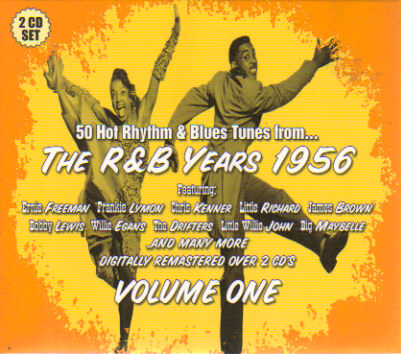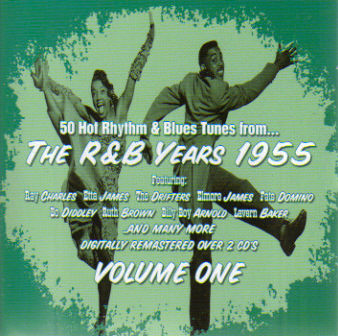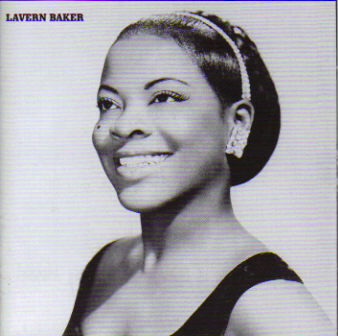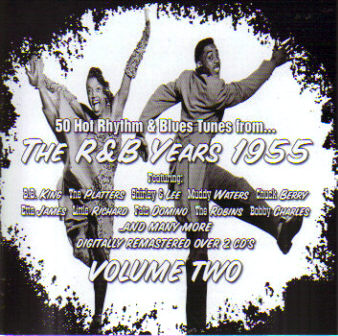There is a semi-twilight world of the record industry where it is forever 50 years ago (or to be pedantic – 51 years ago). These are the labels who take advantage of European Union copyright law which states that copyrights on recordings expire half a century on from the date they were made. It is a netherworld inhabited by both shoddy opportunists and music fans on a mission. Infuriatingly, it can be hard to spot one from the other. Quality ranges from thrown together cheapies that have little regard for sound quality or information, to lovingly researched and remastered items that are as good, if not better than anything put out by the major labels’ own legacy departments. The very law that enables this to happen is also a hot political potato that really emerged as a major issue when Elvis’s early recordings went out of copyright and is not going to go away as this decade progresses and the real catalogue treasures by the likes of the Beatles, the Stones etc are made available.
At the turn of the century there were few serious players in the field. Pre-1950 music had a limited audience. The foremost label at the time was the French Chronological Classics imprint who specialized in jazz and rhythm and blues. As the name suggests, these were releases squarely aimed at the specialist. Over a series of CDs, the remit was to compile every recording that could be traced in chronological order by a particular artist. These were intended as historical documents rather than casual introductions. The series has an impeccable reputation, but the company has always struggled with distribution, and tracking the releases down has never been a straightforward task. There have been periods where it seems to have been inactive – indeed, I’m not sure what the label’s current status is.
Proper Music appeared in around 2000 with its flagship product, the legendary Proper Boxes. These were four CD boxes – sometimes themed, sometimes dedicated to a particular artist. Presentation was always first class with chunky booklets stuffed full with just about every detail about the music you could wish for. Some have become classics, such as Be Bop Spoken Here – a brilliantly compiled overview of forties bop. Others aren’t so great, padded out with some ropey live recordings or simply released too early (the Hank Williams box cut off his final two years). But you always know what you’re getting with a Proper release. The company has prospered and is now one of the leading distributors in the UK, as well as a contemporary music label who can boast the likes of Richard Thompson on their roster.
Some companies shone briefly. Indigo was an imprint of Sanctuary Records who put together excellent boxes of R&B hits on a year by year basis, but disappeared when the Sanctuary Group crashed and burned. Boulevard Vintage took up the reins, but their series seems to have stopped at 1956, and there’s little sign of activity. Acrobat is another label who have had difficulties, primarily with distribution companies. I’ve found their catalogue a bit messy, with some packages looking decidedly cheap and cheerful, but others well put together with excellent sound. They’ve always been a bit light in the sleevenotes department though. Currently, the website promises a 2010 relaunch of the label.
Fantastic Voyage are relatively new players. Their R&B Breakout and Soul Breakout series are well put together, with volumes of each covering 1958 and ’59. Revola is a longer established imprint. It was first set up as a sister label to Creation Records, but Cherry Red took it over when McGee’s label went kaput. Much of Revola’s line has more in common with Soul Jazz or the Ace group in that they put together compilations of rare specialist material from the sixties, seventies and eighties by bands that the majors have ignored as being too esoteric. This is a whole different ballgame, of course, because it involves copyrights, licensing and the rest. But they’ve also put out some excellent pre-1960 titles, such as what I would consider as the definitive collection of Elvis Presley’s Sun recordings.
One of the most recent companies to pop up is Not Now Music. They’ve moved the whole business into a completely different and more controversial field. Whereas all the previous labels I’ve mentioned specialise in compiling and presenting out of copyright material in new forms, Not Now Music simply reissue classic albums from the fifties. A typical release will take a marquee classic and pair it with one or two other LPs by the same artist as a 2CD set at a budget price. For example, Charles Mingus’s Ah Um comes with The Clown and Pithecanthropus Erectus and there are several examples of iconic acts such as Miles Davis and Frank Sinatra being treated in the same way. With their policy of designing sleeves that are often similar enough to the originals to fool a casual glance, they seem to delight in poking the majors with a sharp stick. That said, the sound is usually pretty good. Personally, I would go with the originals most times, but you can’t escape the attraction of getting a couple of bonus albums that you may not otherwise have considered.
For how long this free for all will last is anybody’s guess. The US laws are stricter, and so none of these titles can be sold there legally – effectively they would be seen as pirates. In the EU, too, there is strong lobbying to stiffen copyright. I think its likely that the combined clout of major companies and artists like Bono (yes, he’s involved), and the fact that over the next decade we’ll be talking serious money will lead inevitably to a change in the law. But for now, for anyone who has an interest in recordings from the first 60 years of the twentieth century, there are serious bargains to be had! But tread warily.






